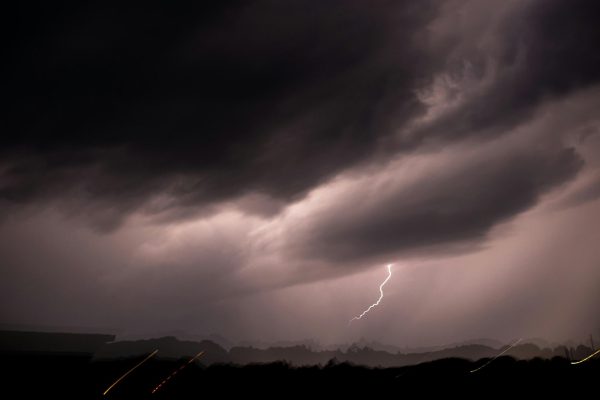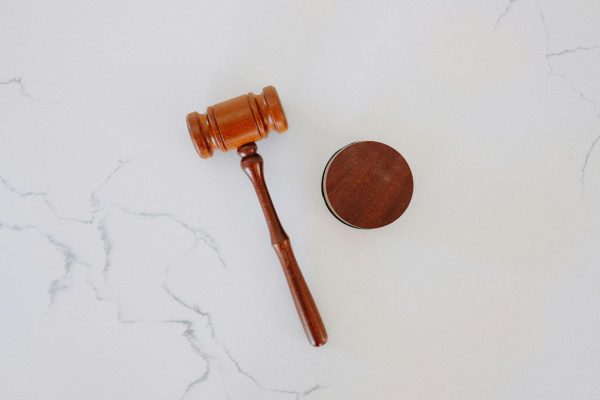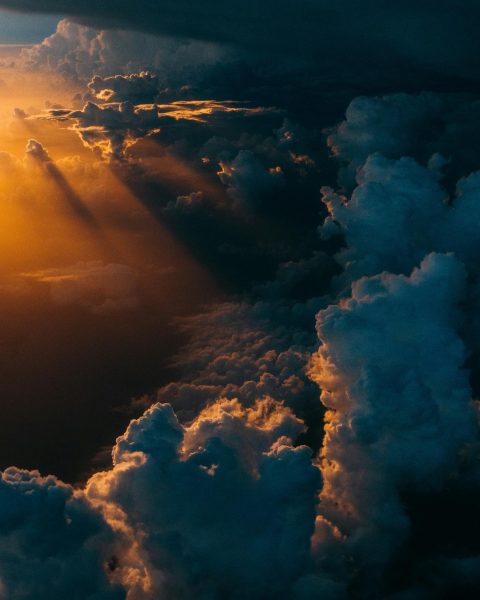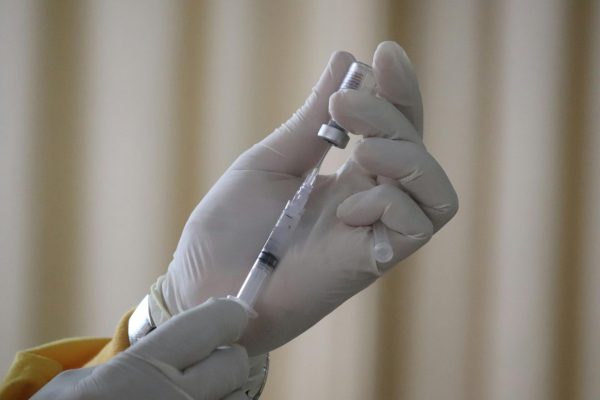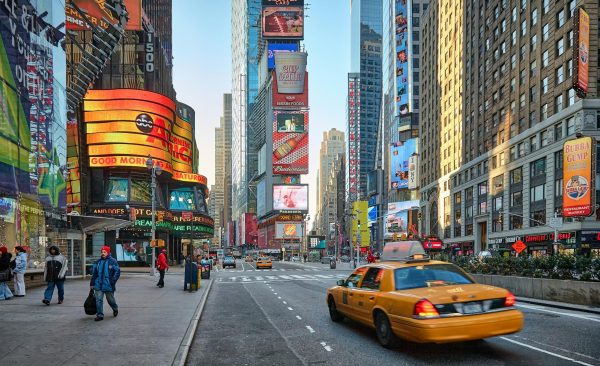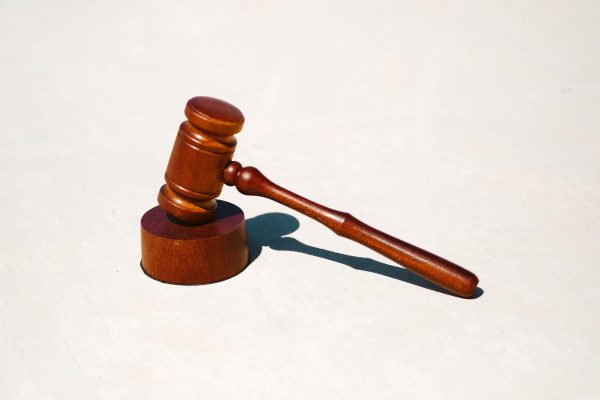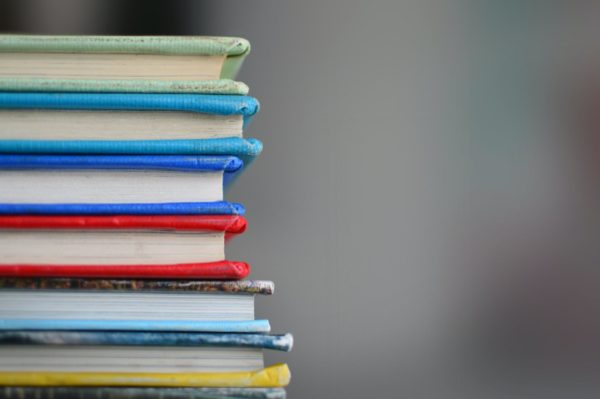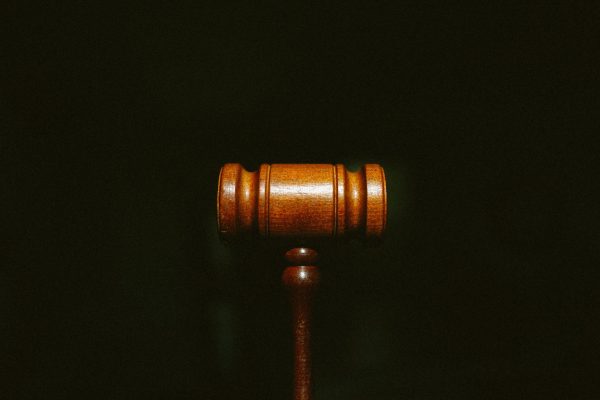ISIS Attack in Paris

November 25, 2015
Screams of “Allahu Akbar!” puncture the otherwise peaceful Paris night. Translated from Arabic: “In the name of God!”
At first, the evening appeared normal. Just north of Paris in the Stade de France, France was playing Germany in a soccer friendly. Fans sat in the stands, bundled up in puffy jackets and scarves that trembled in the breeze. France was winning, and the fans were cheering with excitement. President Francois Hollande sat smiling in center box.
9:20 pm. A dull thud echoes around the stadium. The fans’ eyes stay glued to the game. Many think it was a firecracker, lit perhaps by a rowdy fan. President Hollande leans towards a security guard who speaks into his ear. Hollande frowns.
Meanwhile in Paris, masked gunmen open fire on restaurants. They kill 40 people and wound 40 more. In the whisk of a bullet, 40 people with stories, families, loved ones, are dead.
A second explosion goes off outside the soccer stadium. President Hollande’s security team rushes him to safety. The fans remain in the stadium.
9:40 pm. US band Eagles of Death Metal are playing in French concert venue Bataclan. Three gunmen with three guns pull up to the venue and open fire. Civilians crouch down, hands above their heads. They are shot on the floor, coolly, calmly. Execution style.
89 killed in just as many seconds.
9:53 pm. A third bomb goes off outside the Stade de France. The fans have realized something is wrong. They rush onto the pitch like a colony of ants that has lost its leader.
12:20 am, Saturday. French police forces storm the Bataclan. The police kill three terrorists, and another three blow themselves up with explosives. Suicide bombers. Three of them had rushed the soccer stadium, though none of them got inside. Strapped to their chests were explosive belts with batteries, activated by a single button.
They took their own lives with the intention of taking others’.
Police finally secure the premises and escort survivors to safety. The bodies of victims still lay strewn across the concert hall, and survivors are told not to look at them. But how can they not? These were their countrymen, their friends. And now they are dead. Death had snipped the bond that tied these people together. In all, 132 people were killed, with hundreds more wounded.
“There was blood everywhere. Even people alive were covered with blood,” recalls one survivor.
There was literally “blood on their hands,” as the old adage goes. Survivor’s guilt. This was not their fault, but they were forced to carry its burden. So often do problems lead to violence, but violence does not solve the problem. Instead, it creates new problems, which in turn lead to new violence. This cycle is toxic. It has to stop.
But it doesn’t.
This world can be a very cold place. There is so much tragedy every day, that we have become acclimated to human suffering. Through repetitive pressure, the lens through which we see pain has become hardened, and we have become selective. We choose certain tragedies to mourn for and largely ignore the others. After all, we can only take so much pain.
The Russian dictator Joseph Stalin said, “One death is a tragedy; a million is a statistic.”
And that is heartbreakingly true.


